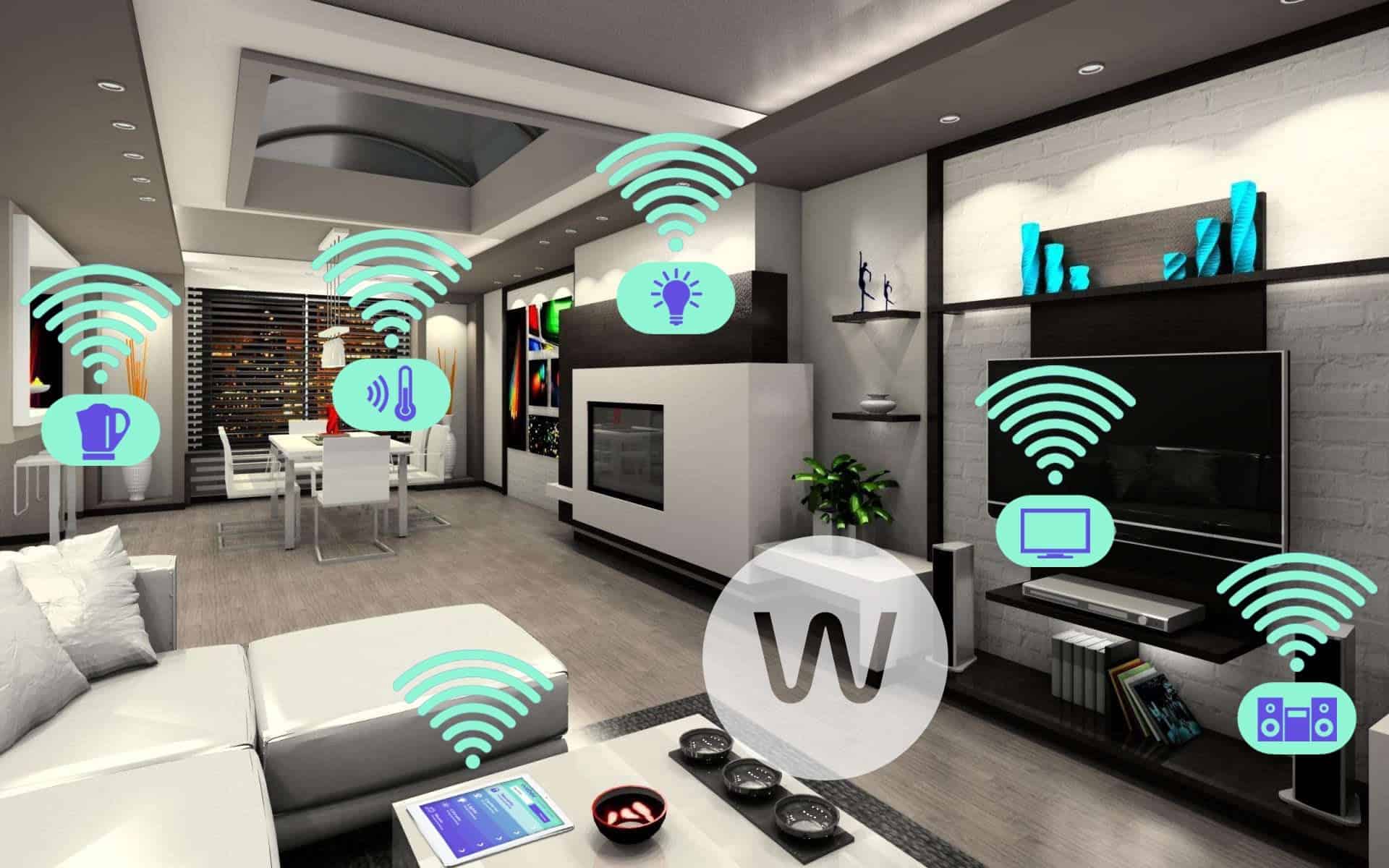Xiaomi Inc.'s Strategy and Innovations in the Latin America Smart Home Market

Strong 8k brings an ultra-HD IPTV experience to your living room and your pocket.
Introduction
Xiaomi Inc., a Chinese technology giant founded in 2010, has rapidly evolved from a smart phone manufacturer to a global leader in consumer electronics and smart home devices. Known for its affordable, high-quality products and innovative ecosystem, Xiaomi has made significant inroads into the Latin America Smart Home Market. This article explores Xiaomi’s strategies, emerging innovations, and developments tailored to this dynamic region, highlighting its role in driving smart home adoption.
Strategic Approach in Latin America
Xiaomi’s strategy in the Latin American smart home market is built on affordability, ecosystem integration, and localized market penetration. Key elements include:
1. Affordable Pricing: Xiaomi employs a “razor-razor blade” model, offering smart home devices at low profit margins to attract customers into its ecosystem, then generating revenue through complementary products and services. This approach resonates in Latin America, where price sensitivity is high due to economic disparities.
2. Ecosystem Development: Xiaomi’s Mi Home ecosystem connects a wide range of devices, from smart speakers to air purifiers, through its Mi Home app. In Latin America, this integrated platform appeals to tech-savvy consumers seeking seamless control over their smart homes.
3. Localized Market Entry: Xiaomi has prioritized emerging markets like Brazil, Mexico, Colombia, and Peru, leveraging partnerships with telecom operators like América Móvil and retailers to expand distribution. By Q3 2023, Xiaomi achieved an 18% share in Latin America’s smartphone market, with 5.8 million units shipped, laying a foundation for smart home growth.
4. Community-Driven Innovation: Xiaomi engages its “Mi Fan” community to gather feedback, which informs product development. This consumer-centric approach ensures that smart home devices meet regional needs, such as energy efficiency and affordability.
5. Online and Offline Channels: Xiaomi combines e-commerce platforms like mi.com with offline retail to maximize reach. Its flash sales and social media campaigns, inspired by Apple’s marketing, create buzz and drive adoption in Latin America.
Emerging Innovations
Xiaomi is introducing cutting-edge technologies to enhance its smart home offerings in Latin America, focusing on IoT, AI, and interoperability. Key innovations include:
1. HyperOS and MIUI Integration: Xiaomi’s MIUI operating system, transitioning to HyperOS globally, powers its smart home ecosystem with over 623 million monthly active users. In Latin America, HyperOS enables seamless control of devices like smart TVs, security cameras, and air purifiers via smart phones, enhancing user experience.
2. AI-Powered Devices: Xiaomi integrates AI into devices like the Xiaomi Smart Air Purifier and smart speakers, offering personalized experiences such as voice control and air quality monitoring. These features cater to Latin American consumers’ demand for convenience and health-focused solutions.
3. Matter Compatibility: Xiaomi is adopting the Matter standard to ensure interoperability with devices from other manufacturers, addressing compatibility challenges in Latin America’s diverse smart home market. This enhances the appeal of Xiaomi’s ecosystem for consumers using multiple brands.
4. Smart Appliances: Xiaomi’s portfolio includes innovative appliances like the Robot Vacuum Cleaner S10 and smart refrigerators, launched in markets like Brazil. These devices feature Wi-Fi connectivity and energy-saving apps, aligning with regional trends toward sustainability.
5. 5G and IoT Expansion: Leveraging 5G technology, Xiaomi enhances the connectivity of its IoT devices, enabling faster and more reliable smart home interactions. This is particularly relevant in urban Latin American hubs with growing 5G infrastructure.
Developments in the Latin American Market
Xiaomi’s developments in Latin America reflect its adaptability to regional trends and consumer preferences:
1. Market Growth: By Q3 2021, Xiaomi was the top smartphone vendor in Peru (31% market share) and second in Colombia (27%), establishing a strong brand presence that supports smart home device sales. Its smart home portfolio, including smart TVs and security cameras, is gaining traction as consumer interest in automation grows.
2. Product Diversification: In April 2024, Xiaomi introduced the Redmi Pad SE tablet and Robot Vacuum Cleaner S10 in Latin American markets, expanding its smart home offerings. These launches align with the region’s demand for affordable, multifunctional devices.
3. Investment in R&D: Xiaomi invested USD 2.64 billion in R&D in 2023, a 19.2% year-over-year increase, focusing on IoT and AI innovations. These investments enable the development of smart home devices tailored to Latin America’s needs, such as energy-efficient appliances.
4. Urbanization and Sustainability: Rapid urbanization in Latin America drives demand for smart home solutions that enhance convenience and reduce energy costs. Xiaomi’s smart thermostats and lighting systems address these needs, supporting regional sustainability goals.
5. Partnerships for Growth: Xiaomi’s collaboration with América Móvil significantly boosted its presence in 2020, with smart phone shipments growing 6,500% in Colombia and 1,610% in Chile. Similar partnerships are now facilitating smart home device distribution.
Challenges and Opportunities
Xiaomi faces several challenges in the Latin American smart home market:
• Economic Constraints: Income disparities limit adoption in rural areas, requiring Xiaomi to maintain low prices without compromising quality.
• Cybersecurity Concerns: Growing IoT connections increase vulnerability to cyberattacks, necessitating robust security features.
• Competition: Xiaomi competes with global giants like Amazon and Google, as well as local players, requiring continuous innovation.
However, opportunities are abundant:
• Young, Tech-Savvy Population: Latin America’s youthful demographic is eager to adopt smart home technologies, particularly affordable options.
• Infrastructure Improvements: Expanding internet and 5G networks support IoT adoption, enhancing Xiaomi’s ecosystem appeal.
• Sustainability Trends: Increasing consumer focus on energy efficiency aligns with Xiaomi’s smart home solutions.
Conclusion
Xiaomi Inc. is strategically positioning itself as a key player in the Latin America smart home market through affordable pricing, a robust IoT ecosystem, and localized strategies. Innovations like HyperOS, AI-powered devices, and Matter compatibility enhance its offerings, while developments such as product diversification and R&D investments drive growth. By addressing regional challenges and capitalizing on opportunities like urbanization and sustainability trends, Xiaomi is poised to lead the transformation of smart homes in Latin America, delivering value and innovation to a diverse consumer base.
Note: IndiBlogHub features both user-submitted and editorial content. We do not verify third-party contributions. Read our Disclaimer and Privacy Policyfor details.







